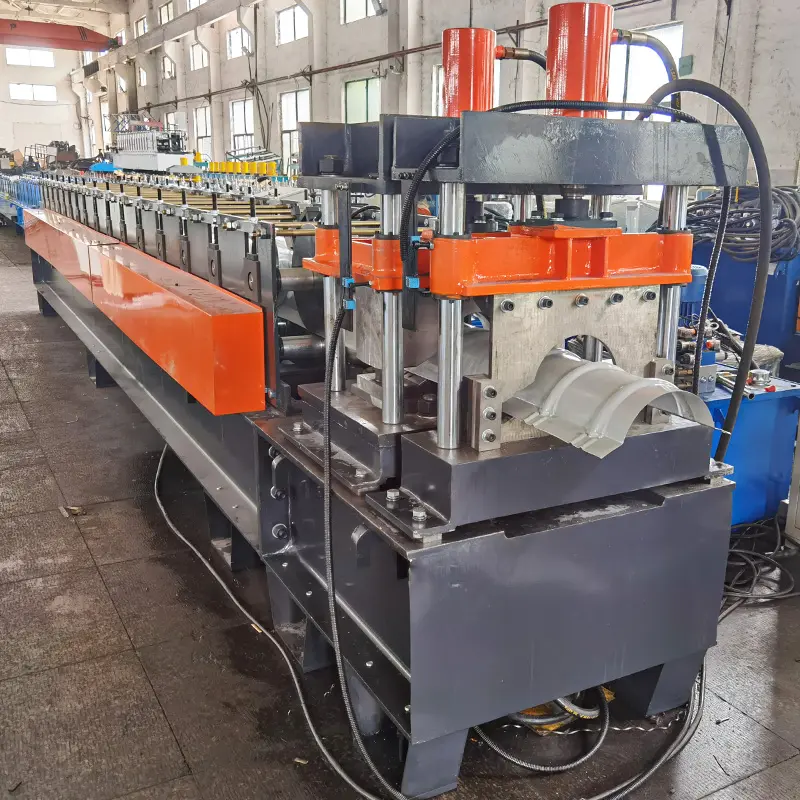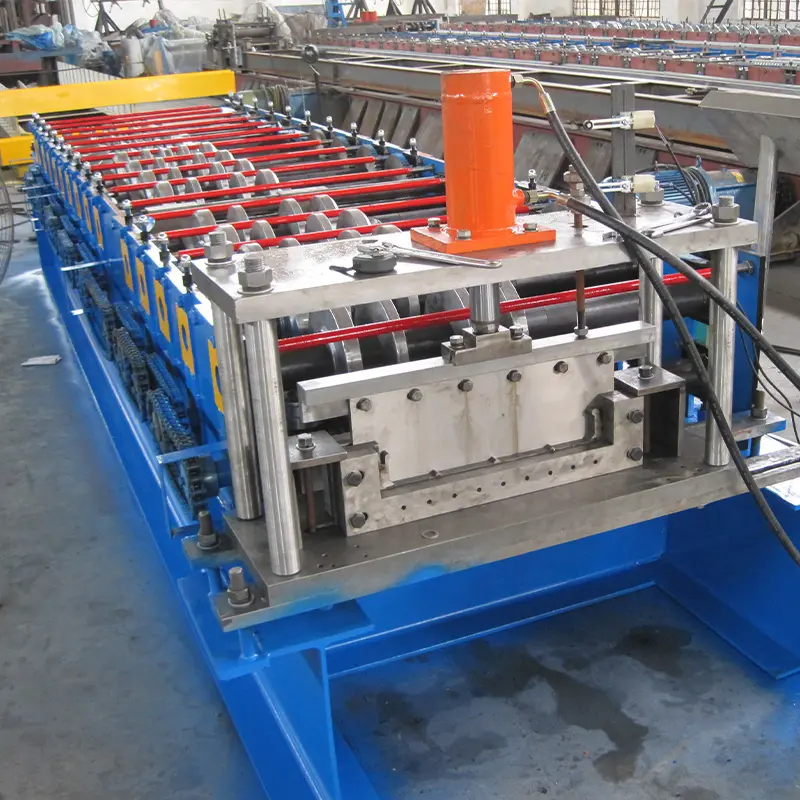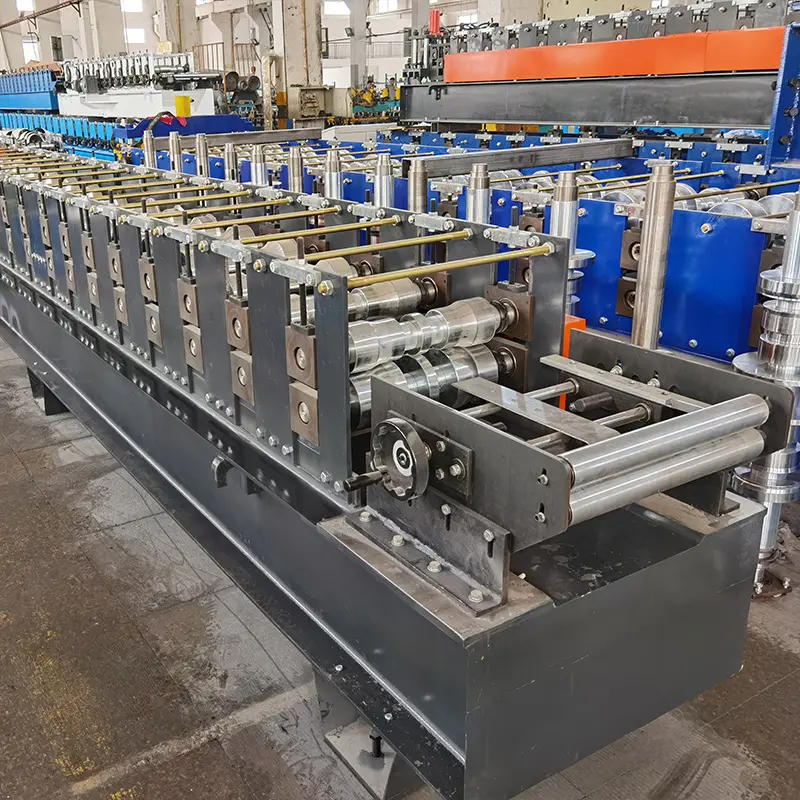Introduction
In the realm of modern industrial production, efficiency and precision play crucial roles in meeting the demands of diverse markets. When it comes to the production of shutters for various applications, the advent of shutter roll forming machines has been a game-changer. These specialized machines have revolutionized the shutter manufacturing process, providing numerous advantages over traditional methods.
Understanding Shutter Roll Forming Machines
What is a Shutter Roll Forming Machine?
A shutter roll forming machine is a sophisticated piece of equipment used to transform raw materials, typically metal coils, into fully formed and customized shutters. The process involves continuous bending of the metal along specific profiles, resulting in precise shapes and dimensions.
How Does a Shutter Roll Forming Machine Work?
The machine operates on the principle of roll forming, where the metal coil passes through a series of rollers, each designed to gradually bend the material into the desired cross-section. The process is highly automated and ensures a consistent and accurate outcome with each cycle.
Key Components of a Shutter Roll Forming Machine
To achieve optimal performance, a typical shutter roll forming machine comprises several essential components, including decoilers, feeding systems, roll stations, cutting systems, and control units.

Advantages of Shutter Roll Forming Machines
Cost-Effective Production
One of the most significant advantages of using a shutter roll forming machine is its cost-effectiveness. The automated production process reduces labor requirements and minimizes material waste, making it a financially viable option for manufacturers.
High Precision and Consistency
The roll forming process ensures precise and consistent dimensions for each shutter component, leading to high-quality end products that meet stringent industry standards.
Versatility in Design
Shutter roll forming machines offer tremendous flexibility in design possibilities. Manufacturers can create a wide range of shutter profiles, catering to diverse customer preferences and applications.
Time and Labor Efficiency
Compared to traditional methods, such as manual fabrication or extrusion, roll forming machines significantly speed up the production process, allowing manufacturers to meet tight deadlines and high production volumes efficiently.
Applications of Shutter Roll Forming Machines
Residential and Commercial Security Shutters
Security shutters, commonly used in homes and commercial establishments, require robust and precise manufacturing. Shutter roll forming machines enable the production of secure and durable shutters that provide protection and peace of mind.
Industrial Doors and Shutters
In industrial settings, where large openings need secure closures, industrial doors and shutters play a crucial role. The versatility of shutter roll forming machines allows for the creation of custom designs that can withstand demanding industrial environments.
Window Shutters
Window shutters add an element of style and functionality to residential and commercial buildings. With a shutter roll forming machine, manufacturers can produce aesthetically pleasing and functional window shutters in various styles.
Garage Doors
Garage doors come in various sizes and designs, and precision is essential to ensure smooth operation. Shutter roll forming machines enable the production of garage doors that are both durable and visually appealing.

Choosing the Right Shutter Roll Forming Machine
Consideration Factors
Selecting the appropriate shutter roll forming machine requires careful consideration of factors such as production volume, material types, available space, and budget constraints.
Customization Options
A reliable roll forming machine should offer customization options to accommodate the unique requirements of different shutter designs and materials.
Quality and Durability
Investing in a high-quality, durable machine ensures consistent performance, minimal downtime, and a longer lifespan, ultimately resulting in better ROI.
Setting Up and Operating a Shutter Roll Forming Machine
Installation and Training
Proper installation and operator training are vital to ensuring the machine operates optimally and safely. Manufacturers should seek professional assistance during the setup phase.
Safety Guidelines
Safety is paramount when operating heavy machinery. Implementing strict safety guidelines and providing proper protective gear to operators is crucial.
Maintenance and Troubleshooting
Regular maintenance and prompt troubleshooting of any issues will extend the machine’s lifespan and ensure uninterrupted production.
Tips for Maximizing Efficiency and Productivity
Regular Equipment Inspections
Scheduled inspections and maintenance checks help identify and address potential issues before they escalate into costly problems.
Material Selection
Choosing the right raw materials for shutter production can significantly impact the final product’s quality and durability.
Workflow Optimization
Streamlining the production workflow, from material handling to packaging, can improve overall efficiency and reduce lead times.
Future Trends in Shutter Roll Forming Technology
Automation and Robotics
Advancements in automation and robotic technology will further enhance the efficiency and precision of shutter roll forming machines.
Enhanced Software Integration
Intelligent software integration will enable seamless design transfer and real-time production monitoring, enhancing productivity and accuracy.
Eco-Friendly Solutions
The industry is likely to see the adoption of more eco-friendly materials and practices, reducing the environmental impact of shutter manufacturing.

Conclusion
Shutter roll forming machines have undoubtedly transformed the shutter manufacturing industry, offering cost-effective, precise, and efficient solutions for various applications. As technology continues to advance, we can expect further innovations that will push the boundaries of what these machines can achieve.
